19.04.2020
Almost 50 years after the Apollo missions returned lunar material to Earth, ESA experts are helping to uncover the secrets of two previously unopened samples to learn more about ancient processes on the Moon – and to refine and practice techniques for future sample return missions.

With one sample already being analysed, preparations are now being made to open the second later this year.
This work focuses on rock and soil retrieved during the 1972 Apollo 17 mission, and is part of NASA’s Apollo Next-Generation Sample Analysis (ANGSA) programme, which takes advantage of advanced analytical techniques.
ANGSA consists of nine expert science teams, covering different aspects of sample analysis. ESA scientists and engineers form part of the Consortium for the Advanced Analysis of Apollo Samples, headed by Charles ‘Chip’ Shearer, one of the ANGSA lead scientists.
“ESA collaborators will assist in the characterisation of samples, and help us assess how well the lunar material has been collected and preserved,” says Shearer. “Looking ahead, this will help us design future collection and curation procedures for the NASA-led Artemis mission.”
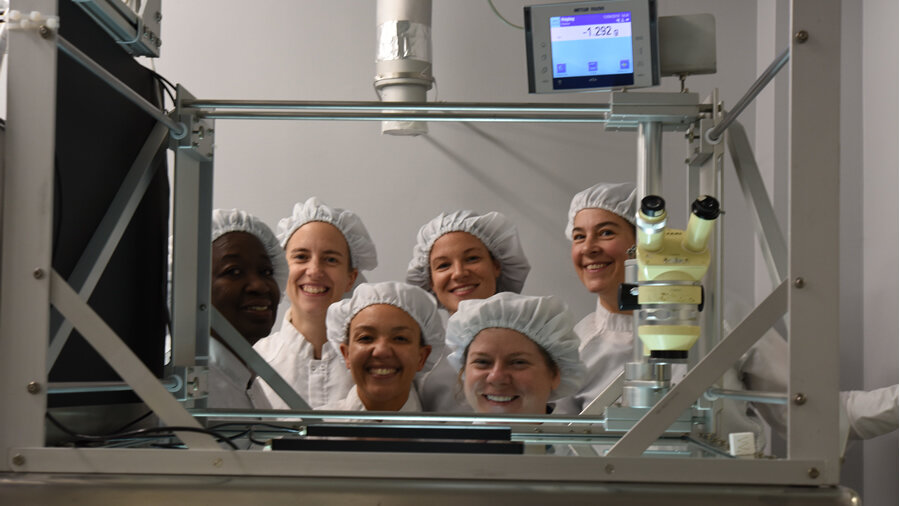
To help achieve ANGSA’s aims, a truly collaborative approach is being employed.
“ANGSA ties together those who were involved in the initial curation and analysis of Apollo samples with the next generation of planetary scientists,” says Francesca McDonald, ESA Research Fellow who is coordinating ESA’s ANGSA participation. “Our diverse team includes Harrison ‘Jack’ Schmitt, the only geologist to walk on the Moon, who along with fellow Apollo astronaut Gene Cernan, originally collected the lunar material.”

NASA astronaut Harrison Schmitt, Apollo 17 lunar module pilot, uses an adjustable sampling scoop to retrieve lunar samples during the second Apollo 17 extravehicular activity, at Station 5 at the Taurus-Littrow landing site.
Almost 50 years after the Apollo missions returned lunar material to Earth, ESA experts are helping to uncover the secrets of two previously unopened samples to learn more about ancient processes on the Moon – and to refine and practice techniques for future sample return missions.
With one sample already being analysed, preparations are now being made to open the second later this year.
This work focuses on rock and soil retrieved during the 1972 Apollo 17 mission, and is part of NASA’s Apollo Next-Generation Sample Analysis (ANGSA) programme, which takes advantage of advanced analytical techniques.
"ANGSA ties together those who were involved in the initial curation and analysis of Apollo samples with the next generation of planetary scientists,” says Francesca McDonald, ESA Research Fellow who is coordinating ESA’s ANGSA participation. “Our diverse team includes Harrison ‘Jack’ Schmitt, the only geologist to walk on the Moon, who along with fellow Apollo astronaut Gene Cernan, originally collected the lunar material.
With future lunar missions likely to target the polar regions, and the international Mars Sample Return campaign in preparation, this will provide essential information for developing future extra-terrestrial sample containment and curation procedures.
Ancient lunar processes
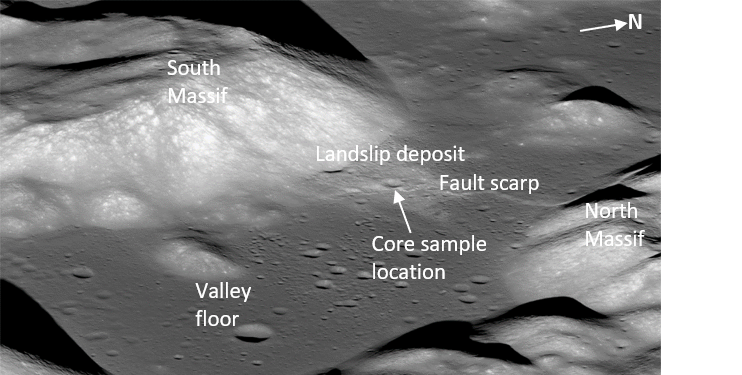
The Apollo 17 landing site lies within the narrow Taurus-Littrow Valley, surrounded by several steep mountains including the North and South Massifs, with afault scarp, caused by a difference in elevation between the two sides of the fault, cutting across the entire region. The samples were collected from a prominent landslip deposit, which occurred when sediment cascaded down from the South Massif onto the lava filled valley floor. Thus, they contain material from elevated areas that could not have been accessed by astronauts.
To extract the regolith, a 70 cm cylindrical tube was hammered into the landslide deposit to produce a core, which was then separated into two halves on the surface of the Moon.
The lower half of the section, known as sample 73001, likely contains a region of the subsurface that is cold enough to have trapped loosely bound volatiles, such as carbon dioxide and hydrogen. To try to preserve these precious gases, it was sealed in a vacuum container on the lunar surface and then double sealed in a second vacuum container back on Earth.
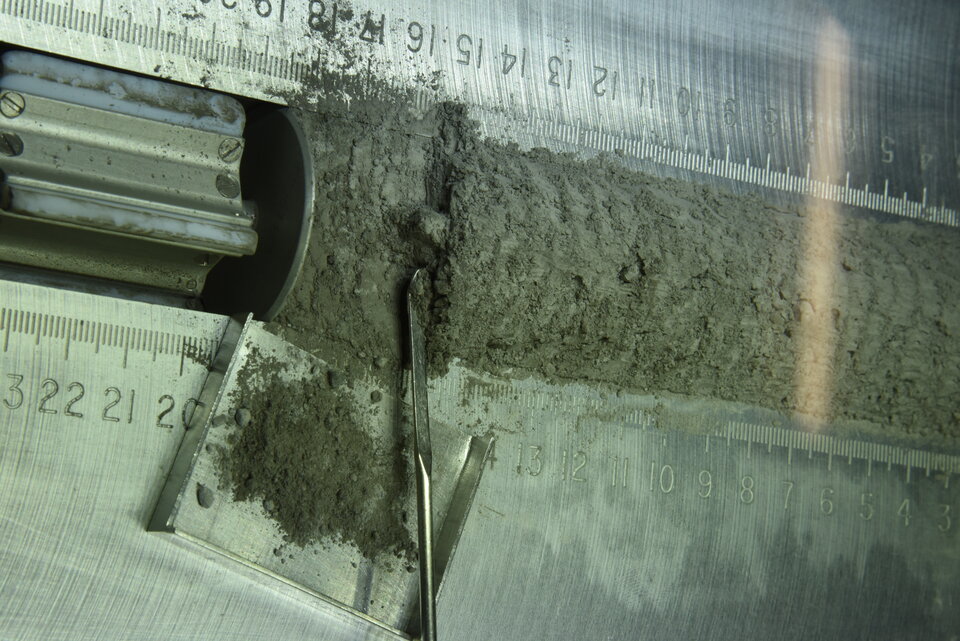
The upper portion of the core, sample 73002, was also carefully contained after being collected, but was not vacuum sealed. Both halves have remained in storage, under the expert care of the NASA Astromaterials Curation Team, since being returned.
ESA initially has a supportive role in the planning and processes associated with examining the lunar samples, working with the NASA curation team to ensure that the scientists are able to make their highly precise measurements.
Francesca made the trip to NASA’s Johnson Space Center in Houston, USA, in December 2019 to assist in the meticulous dissection of 73002 into subsamples, shortly after it was opened.
During dissection, a detailed record is made of exactly where each subsample comes from within the core, allowing the science teams to make inferences about lunar processes.
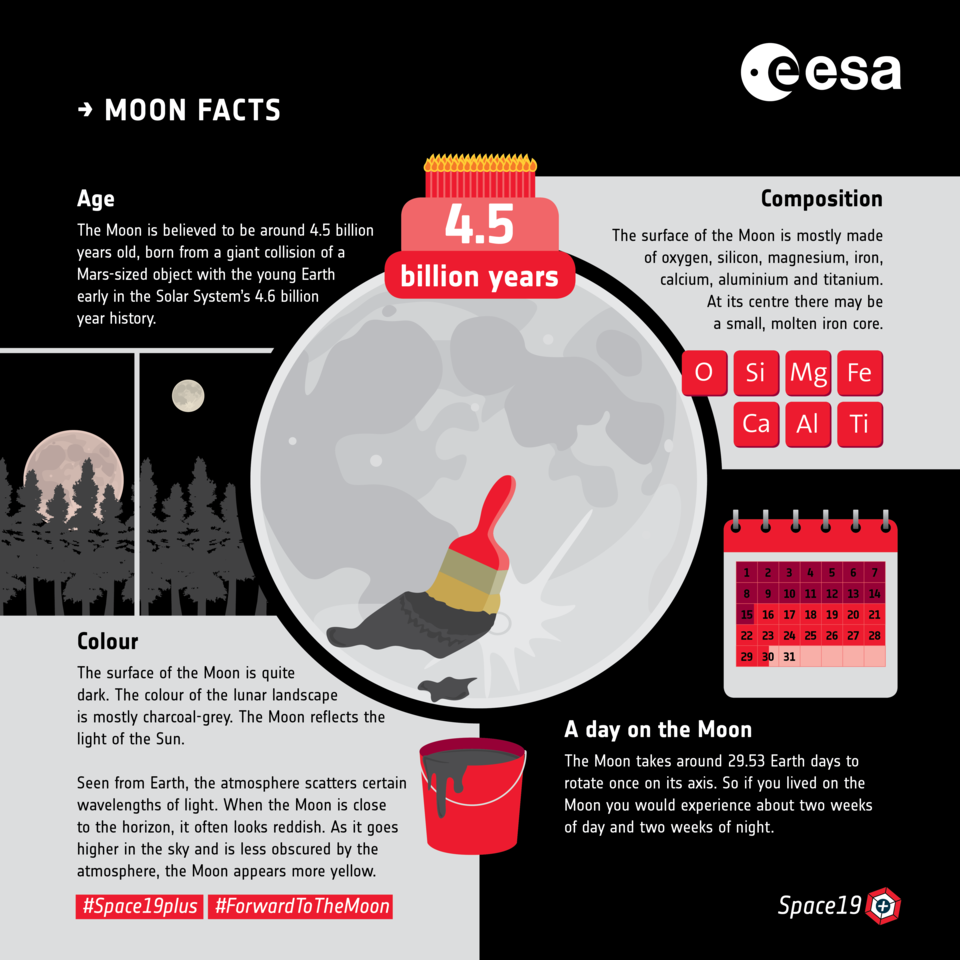
To prepare for the opening of the lower portion sample, ESA scientists and engineers are currently working closely with ANGSA noble gas and volatile experts to design a tool to capture any precious gases it may contain.
The results of the analysis will address questions first pondered by Apollo-era scientists.
“It is not entirely known what caused the landslip – was it from an impact? Or from movement of the fault?” says Francesca. “If it was to do with movement of the fault scarp, how long ago did this happen? And did this result in any release of gases from within the Moon, which were trapped in the landslide deposit?”
Lessons learned
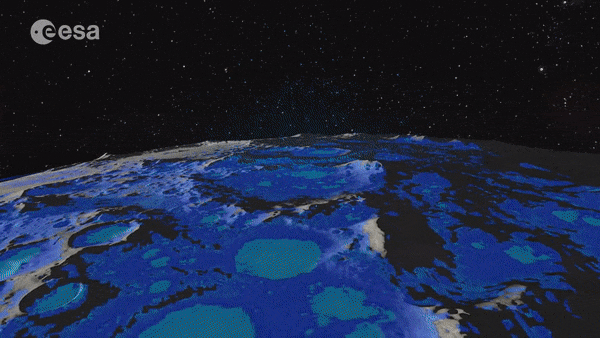
Another goal for ANGSA is to understand how effective the double-vacuum sealed containment was, which is paramount for preserving the core’s integrity and the meaningfulness of any subsequent analysis.
With future lunar missions likely to target the polar regions, and the international Mars Sample Return campaign in preparation, this will provide essential information for developing future extra-terrestrial sample containment and curation procedures.
“Utilising materials present on the Moon is an important part of enabling a future sustained presence for men and women at the lunar surface and for developing onward human exploration of Mars,” explains Dayl Martin, ESA Research Fellow and ANGSA team member.
“Understanding the composition and behaviour of lunar material is important to achieve this. The techniques currently being refined as part of ANGSA are set to provide such insights.”
Quelle: ESA
